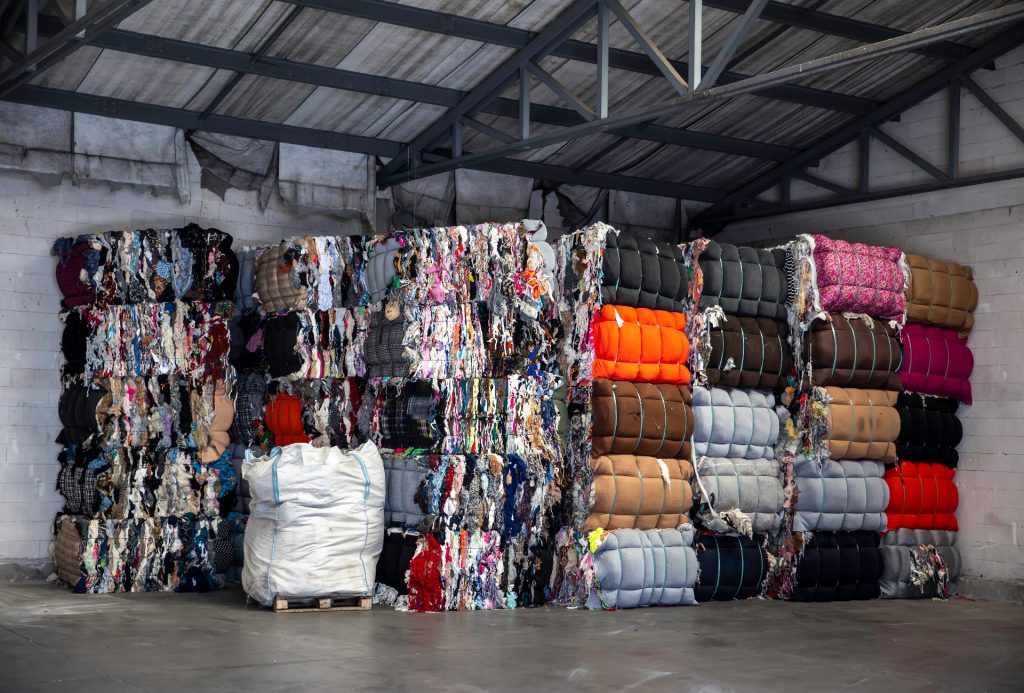The EU’s push for textile waste management is expected to reduce pollution, create thousands of jobs, and open new opportunities for sustainable business models in the fashion industry.
Others are reading now
With over 12 million tons of textile waste produced annually in Europe and less than 1% being recycled into new garments, textile recycling has become a top priority for policymakers.
The European Union’s new directive mandating the separate collection of textile waste is set to transform how the fashion industry handles its environmental impact.
According to El Economista, experts project that scaling textile recycling could generate between €6 billion and €8 billion in sales by 2030, while creating approximately 15,000 new jobs.
Tackling Fast Fashion’s Environmental Costs
The rise of fast fashion—driven by lower production costs, increased consumer demand, and social media trends—has made the textile sector one of the world’s most polluting industries.
Also read
It accounts for 10% of global carbon emissions, 20% of wastewater, and 30% of plastic waste in the oceans.
Each year, EU residents discard around 12.6 million tons of textiles. In Spain, 87% of textile waste ends up in landfills.
To address this, Spain implemented new legislation on January 1, requiring municipalities to handle separate collection and recycling of textiles.
The law introduces “extended producer responsibility,” which places the cost burden of managing post-consumer waste on clothing manufacturers.
In response, major fashion brands—including Inditex, H&M, and Decathlon—have formed the Re-Viste association to oversee nationwide recycling initiatives.
This system will deploy pilot projects, such as collection points across cities like Zaragoza, Barcelona, and Madrid.
Business Potential and Investment Requirements
A report by McKinsey & Company highlights that scaling textile recycling could reduce CO2 emissions by four million tons and provide annual returns of 20% to 25%.
However, realizing this potential will require €6 to €7 billion in investments across the entire value chain—covering collection, sorting, and the establishment of recycling plants.
Several regions are already leading the charge. For example, Galicia plans to open a large-scale public facility capable of processing 24,000 tons of textile waste annually by 2026.
Meanwhile, the cooperative ModaRe is expanding its recycling operations with new facilities in Madrid and Galicia.
These efforts aim to promote circularity by producing valuable recycled materials for future clothing.
As the EU strengthens sustainability regulations, such initiatives are expected to drive both environmental and economic progress in the fashion industry.








